Deendayal Antyodaya Yojana has been launched by the Government of India to provide various facilities to the poor in rural and urban areas of the country. The scheme provides employment opportunities as well as livelihood opportunities for poor people, which is expected to alleviate their poverty (By increasing skill development and livelihood opportunities of poverty, poor people will be given employment opportunities, and their poverty will be removed).
The scheme integrates National Urban Livelihoodmission and National Rural Livelihood Mission. We would like to share with you all the information you need to know about Deendayal Antyodaya Yojana 2022 through this article. So could you read this article of ours till the end?
National Livelihood Mission
The scheme has been divided into two parts: one for rural India and the other for urban India. The urban component designated as Deendayal Antyodaya Yojana has been nominated by the Ministry of Housing and Urban Poverty Alleviation (H. U. P. A. (ii) Implementation of a rural component in DeenDayal Upadhyaya Grameen Kaushal Yojana (DY) will be undertaken by the Ministry of Rural Development.
Deendayal Antyodaya Yojana Mission
Under the scheme, training centers, SHG promotion, and permanent shelter will be provided to homeless people in urban areas. This means that measures to increase employment opportunities and income for construction of houses for the homeless and construction of roads goods for private and collective microstructure, garbage pickers, etc. Under this National Urban Livelihoodmission, the entire urban population will be almost covered by covering all the 4041 cities and towns under Deendayal Upadhyaya Antyodaya.
National Rural Livelihood Mission
Under this Mission, community institutions in rural areas provide various sources of livelihood to the poor and alleviate the poverty of the gram areas. Under this scheme, 10 lakh people from rural areas will be trained. The Centrally Sponsored Programme has been implemented in collaboration with the States. The Mission was launched in 2011. In 29 States and 5 Union Territories, the National Rural Livelihood Mission (NRHM) is being implemented in 4,459 blocks under 586 districts. During the 2017-18 financial year, 1.28 lakh rural youth were trained and 69,320 were hired for better-paying jobs.
Objective of Deendayal Antyodaya Yojana 2022
As you know, the poor people of rural and urban areas live by wages because of their economic weakness. Moreover, many poor people do not have stable incomes. Given all these conditions, the Central Government has launched this Deendayal Antyodaya Yojana 2022 to enable urban low-income families to use the opportunity of remunerative self-employment and skilled wage employment to reduce poverty and risk. As a result, ground-level solid construction can lead to commendable improvement in their livelihood permanently—this NRLM to eradicate rural poverty through 2022 and promote various sources of livelihood.
Deendayal Antyodaya Yojana 2022 Implementation
Under Deendayal Antyodaya Yojana 2022, efforts have been made to develop rural areas. Among the initiatives taken under the scheme are:
More than 1,000 permanent shelters will house at least 60,000 homeless Shayari.
A total of 16 lakh street vendors have been identified and issued ID cards.
9 lakh candidates have been trained and certified, and more than 4 lakh candidates have been provided jobs.
More than 800,000 people have been given subsidized loans.
More than 34 lakh urban women have been organized into Self Help Groups.
DAY – NRLM Mission
“To reduce poverty by enabling poor households to access self-employment and skilled wage earning opportunities, enabling them to improve their livelihoods on a sustainable basis, through the strengthening of grassroots institutions of the poor.”
DAY – NRLM – Guiding Principles
Poor people have a strong desire to come out of poverty and have innate capabilities.
Social mobilization and building strong institutions of the poor are critical for unleashing the innate capabilities of the poor.
An external dedicated and sensitive support structure is required to induce social mobilization, institution building, and empowerment.
Facilitating knowledge dissemination, skill-building, access to credit, marketing, and other livelihoods services underpins this upward mobility.
DAY – NRLM Values
The core values which guide all the activities under NRLM are as follows:
Inclusion of the poorest and meaningful role to the poorest in all the processes
Transparency and accountability of all processes and institutions
Ownership and the key role of the poor and their institutions in all stages – planning, implementation, and monitoring
Community self-reliance and self-dependence
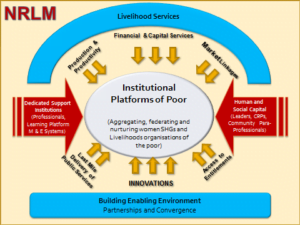
Phased Implementation
Year-wise breaks up regarding coverage of districts and blocks as envisaged by NRLM.
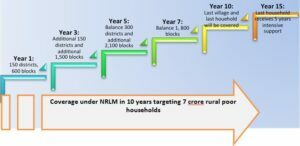
Key Features
Social Mobilisation: Identifying one member from each identified rural poor household in a timely manner and recruiting her to the Self Help Groups (SHG) network. Our program places a special focus on vulnerable populations, including manual scavengers, human trafficking victims, Particularly Vulnerable Tribal Groups (PVTG) and people with disabilities (PWDs). NRLM has developed unique strategies to assist these communities in escaping poverty.
Participatory Identification of Poor (PIP) – The inclusion of the target group under NRLM is determined by a well-defined, transparent and equitable process of participatory identification of the poor at the community level. All households identified as poor through the PIP process are the NRLM Target Group and are eligible for all the benefits under the program. Target Group has been recognized through the Participatory Identification of Poor (PIP) method. The NRLM Target Group (NTG) derived through the PIP is de-linked from the BPL.
Community Funds as Resources in Perpetuity: NRLM provides Revolving Fund (RF) and Community Investment Fund (CIF) as resources in perpetuity to the poor institutions to strengthen their institutional and financial management capacity build their track record to attract mainstream bank finance.
Financial Inclusion: NRLM works on both the demand and supply sides of financial inclusion. The demand side promotes financial literacy among the poor and provides catalytic capital to the SHGs and their federations. On the supply side, the Mission coordinates with the financial sector. It encourages the use of Information, Communication & Technology (ICT) based financial technologies, business correspondents, and community facilitators like ‘Bank Mitras.’ It also works towards universal coverage of rural poor against the risk of losing life, health, and assets. Further, it works on remittances, especially in areas where migration is endemic.
Livelihoods – NRLM focuses on stabilizing and promoting the existing livelihood portfolio of the poor through its three pillars – ‘vulnerability reduction’ and ‘livelihoods enhancement’ through deepening/enhancing and expanding existing livelihoods options and tapping new opportunities in farm and non-farm sectors; ’employment’ – building skills for the job market outside; and ‘enterprises’ – nurturing self-employed and entrepreneurs (for micro-enterprises).
Convergence: NRLM places a high emphasis on the intersection with other programs of the MoRD and other Central Ministries. Convergence is also sought with programs of state governments for developing synergies directly or indirectly with institutions of the poor.
Partnerships with NGOs and other CSOs: NRLM has proactively sought partnerships with Non-Government Organizations (NGOs) and other Civil Society Organizations (CSOs) at two levels – strategic and implementation. The partnerships are guided by NRLM’s core beliefs and values and mutual agreement on processes and outcomes. Partnership guidelines to partner with NGOs, CSOs have been finalized and approved this year.
Linkages with PRIs: Given the important roles of Panchayat Raj Institutions (PRIs), it is necessary to consciously structure and facilitate a mutually beneficial working relationship between Panchayats and institutions of the poor, particularly at the level of Village Panchayats. Elevated platforms would be established for regular consultations between such institutions and PRIs to exchange mutual advice, support, and sharing of resources.
Benefits of Deendayal Antyodaya Yojana
- The Government launched Deendayal Antyodaya Yojana to make the country’s citizens independent and self-reliant.
- The scheme will be effective in eliminating urban poverty.
- Through this scheme, training will be provided to the beneficiaries.
- In addition, financial assistance to street vendors and permanent shelter for homeless people will also be provided.
- The scheme will be very beneficial in reducing urban poverty.
- The scheme will also sensitize the urban poor about various self-employment opportunities.
- Guidelines for implementing the scheme have also been issued by the Ministry of State and Urban Affairs.
- Through this scheme, a demonstration will be provided to the self-help groups involved in micro-entrepreneur activities.
- So that they can be financially empowered.
- The scheme will also effectively improve the living standards of the self-help group member and their families.
Highlights of National Livelihood Mission 2022
- The scheme provides suitable space, institutional credit, social security, and skill development to ensure access to emerging market opportunities of road vendors in rural and urban areas of the country because of their livelihood problems.
- The National Livelihood Mission 2022 aims to create employment opportunities for poor citizens.
- Under the scheme, the youth under the training have to be skilled and income increased.
- The Government has made a provision of Rs.500 crore of India for this scheme.
- Under the scheme, houses are to be provided to homeless citizens.
- Under the scheme, all poor cities in Jammu and Kashmir and northeast get 18,000 rupees under the scheme by the Central Government.
- Under Deendayal Antyodaya Yojana 2022, an amount of Rs.15,000/- is provided for investment to train underemployed in all cities through placement and skill training.
- 10,000/- will be given to each group by the Government, and rs.50,000/- will be provided to the level federations of registered areas.
Deendayal Antyodaya Yojana: National Rural Livelihood Mission (DAY-NRLM) provides financial assistance in interest payment to women Self Help Groups.
Key Priorities of National Rural Livelihood Mission
- Promotion of Agricultural Livelihoods
- Promotion of Non-Agricultural Livelihoods
- Setting up of Grameen Haat
- Ensuring access to the rural poor to a formal financial institution
- Rural Self Employment Training Institute
Document (eligibility) of Deendayal Antyodaya Yojana 2022
- The applicant should be an Indian resident.
- The applicant should be poor.
- Poor people from rural and urban areas can join the scheme.
- Aadhaar Card
- letter of indent
- residence certificate
- Voter ID Card
- Mobile Number
- Passport Size Photo
How to apply for Deendayal Antyodaya Yojana 2022 Online?
The poor people of rural and urban areas of the country who want to apply to this scheme should follow the method given below.
First, the applicant has to visit the scheme’s official website. The home page will open in front of you after visiting the official website.
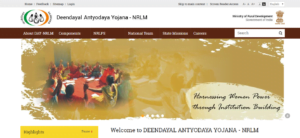
You will see the login option on this home page. After clicking on the option, the next page will open on the computer screen in front of you.
You will see the login form on this page; you will see the option to Register below this login form. You have to click on this option. After clicking on the opportunity, you will open the registration form on the next page.
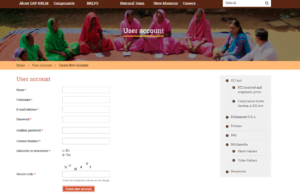
You will need to fill in all the information in this form, such as name, username, email address, password, Contact Number, Secure Code, etc.
After filling in all the information, you must click on the Create New Account. You can then apply for a job in this login and apply for incentives under the Aajeevika Grameen Express scheme.
The process of logging in to the portal
- First of all, you have to visit the official website of Deendayal Antyodaya Yojana.
- Now the home page will open in front of you.
- On the home page, you must click the login option.

- Now a new page will open in front of you.
- You need to enter your username, password, and captcha code on this page.
- Now you have to click on the login option.
- This way, you will be able to login into the portal.
Feedback Process
- First of all, you have to visit the official website of Deendayal Antyodaya Yojana.
- Now the home page will open in front of you.
- You will then have to click on the feedback option.
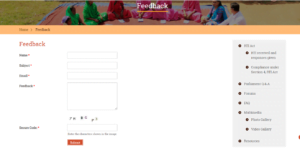
- Now the feedback form will open up to you.
- You need to enter vital information in this form, such as your name, subject, email ID, feedback, and captcha code.
- Now you have to click on the submit option.
- That is how you will be able to give feedback.
Process of obtaining vacancy related information
- First of all, you have to visit the official website of Deendayal Antyodaya Yojana.
- Now the home page will open in front of you.
- You will then have to click on the career option.
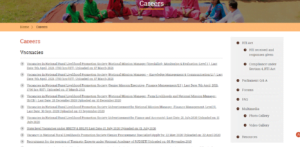
- Then a list will open up to you.
- You must click the option as per your requirement from this list.
- Vacancy-related information will be on your computer screen as soon as you click on the option.
Process of viewing letter/circular
- First of all, you have to visit the official website of Deendayal Antyodaya Yojana.
- Now the home page will open in front of you.
- You need to click on the letter/circular option on the home page.
- As soon as you click on this option, the list of all letters and circulars will be open in front of you.
- You have to click on the option as per your requirement.
- Information related to letters and circulars will open up on your screen.
Tender Viewing Process
- First of all, you have to visit the official website of Deendayal Antyodaya Yojana.
- Now the home page will open in front of you.
- Then you have to click on the tender option.
- As soon as you click on this option, the list of all tenders will be open in front of you.
- You have to click on the option as per your requirement.
- Tender-related information will be on your screen.
Contact Information
In this article, we have provided you with all the important information related to Deendayal Antyodaya Yojana. If you are still experiencing a problem, you can resolve your problem by visiting the address below. Or you can also solve your problem by contacting the phone number provided below.
Address– Deendayal Antyodaya Yojana- National Rural Livelihood Mission (DAY-NRLM), Ministry of Rural Development, Government of India 7th floor, NDCC building-ll, Jay Singh road New Delhi- 110001
Phone Number- 011-23461708
ALSO READ THIS:-
Watch This Video For More Info About Deendayal Antyodaya Yojana
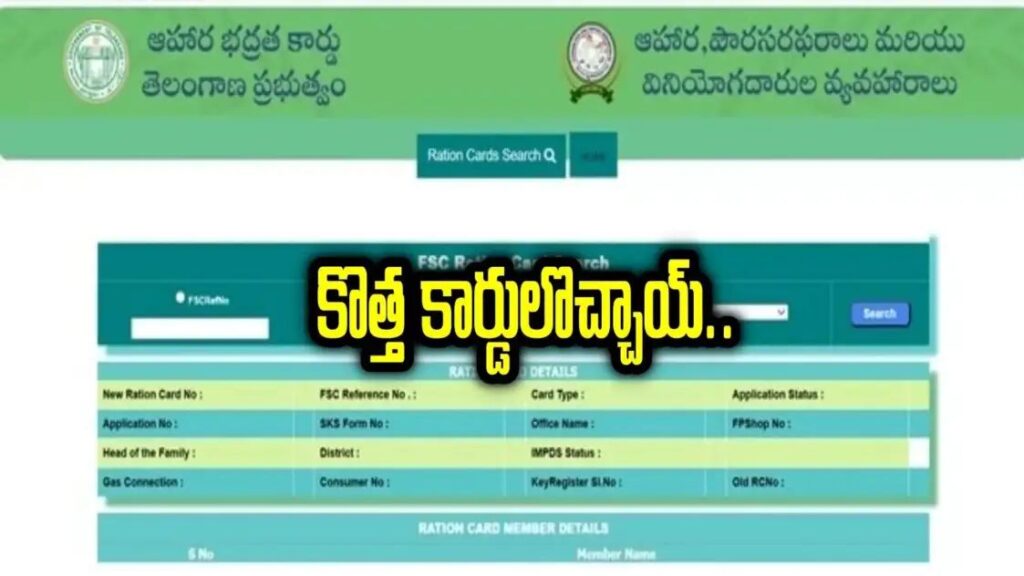

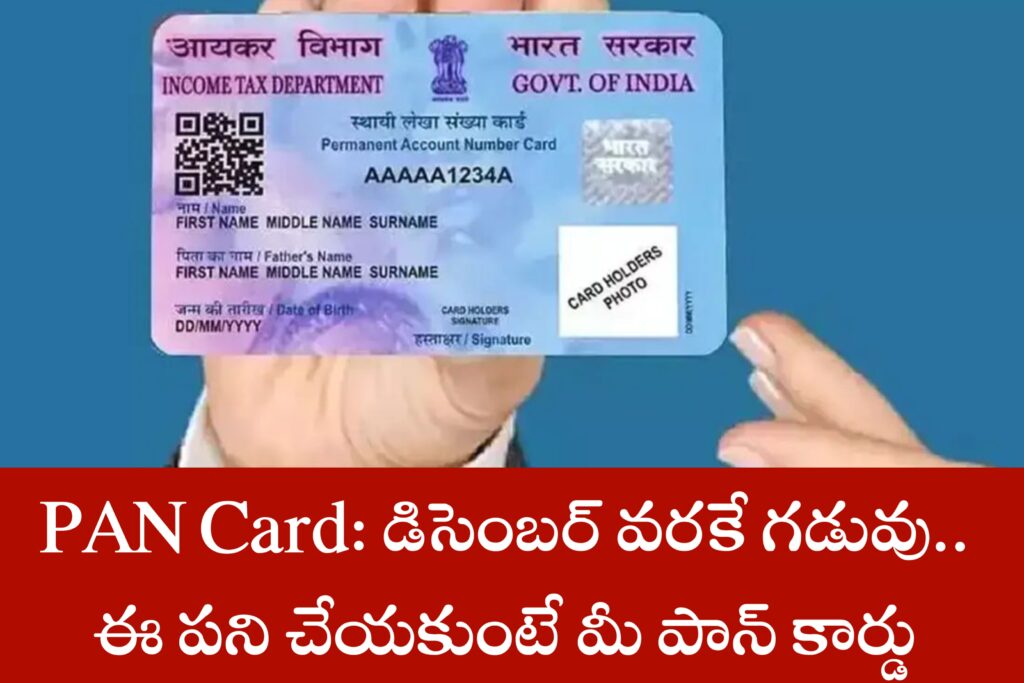




2 thoughts on “Deendayal Antyodaya Yojana 2022”